Easy access to an email is still a corporate dream for many organisations. The good news is that it is no longer a far-fetched idea because Dynamics 365 has already made it easy.
Integrating email with Dynamics 365 CRM can transform how you manage customer relationships and other internal communications. It syncs your contacts and, with AI, can also help you summarise your email by breaking down the task into priorities for you.
Previously, we learnt how to customise entities and fields in D365 CRM and explored how to use Dynamics 365 CRM with Microsoft Teams for seamless collaboration. Now, let’s move one step ahead and understand how email synchronisation in Dynamics 365 CRM works.
But the question is, how can email synchronisation in Dynamics 365 CRM occur? For this, we are providing you with a step-by-step guide.
How to Sync Your Emails with Dynamics 365 CRM
Without wasting any time, let’s focus on how to set up email synchronisation in Dynamics 365.
Here are the steps to follow:
Step 1: Access Power Platform Admin Centre
- Move to the Power Platform Admin Centre.
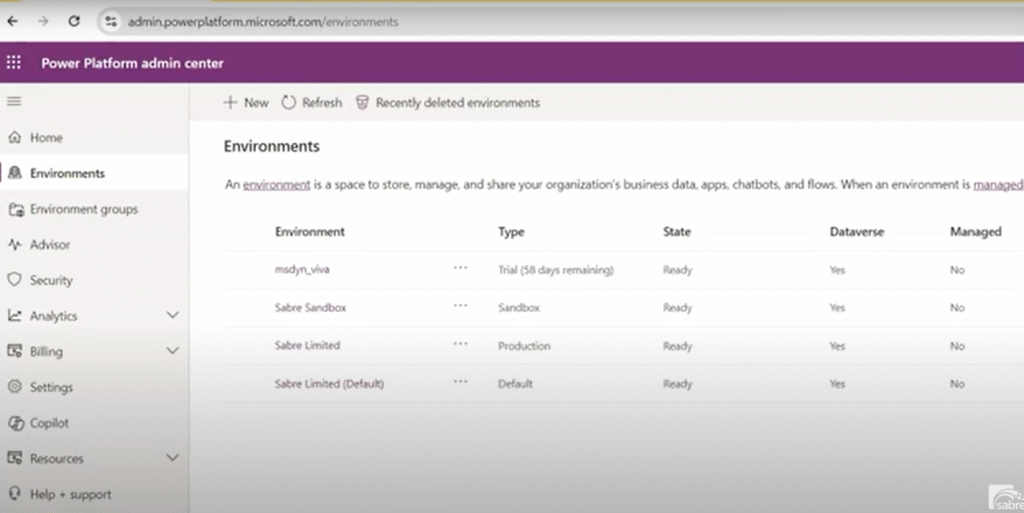
- Next, choose your environment, and it's best to select your Production environment.
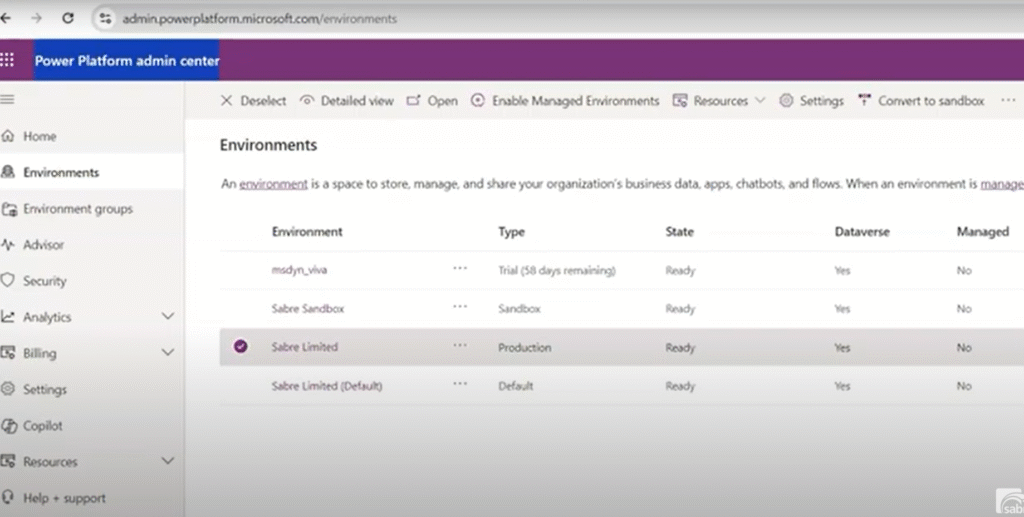
- Then, go to Settings → Email → Mailboxes.
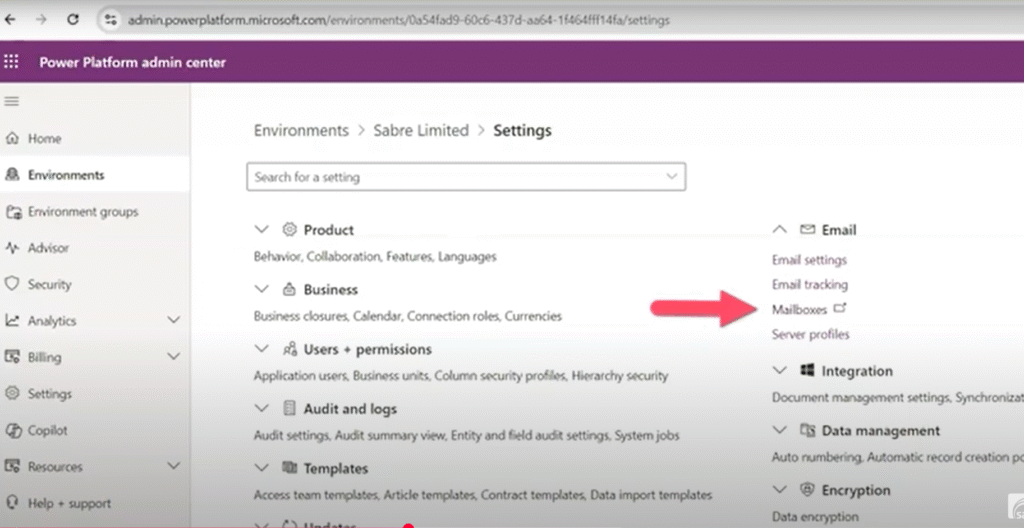
This is where you’ll find all the mailboxes linked to your CRM users.
Step 2: Locate and Enable the Mailbox
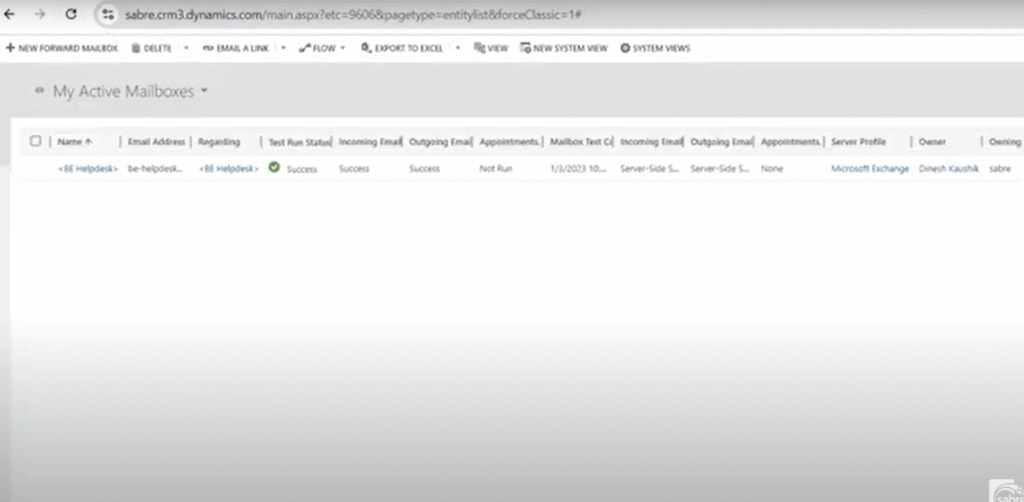
- If your mailbox isn’t active, change the view to Inactive Mailboxes.
- Find your mailbox and click Edit.
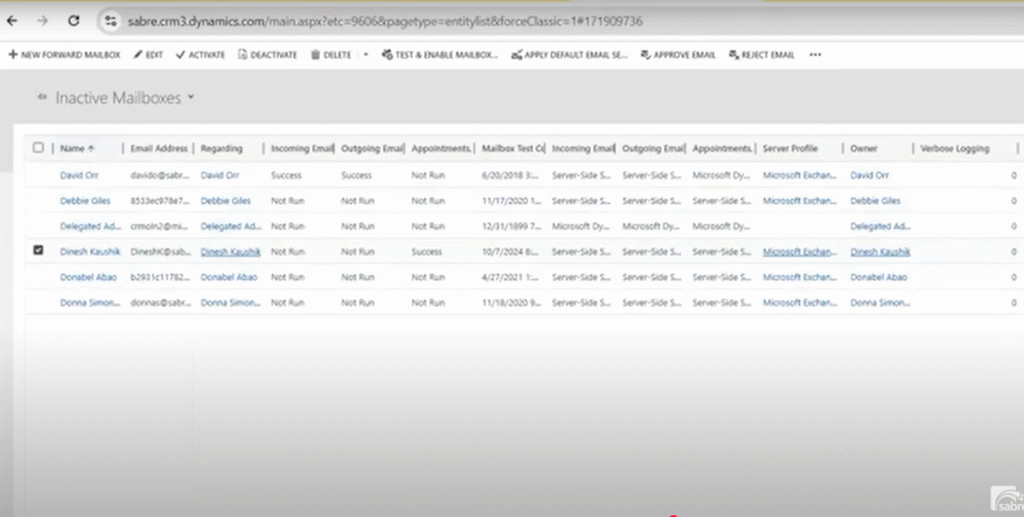
- Then, select Activate Mailbox and go with Test & Enable Mailbox.
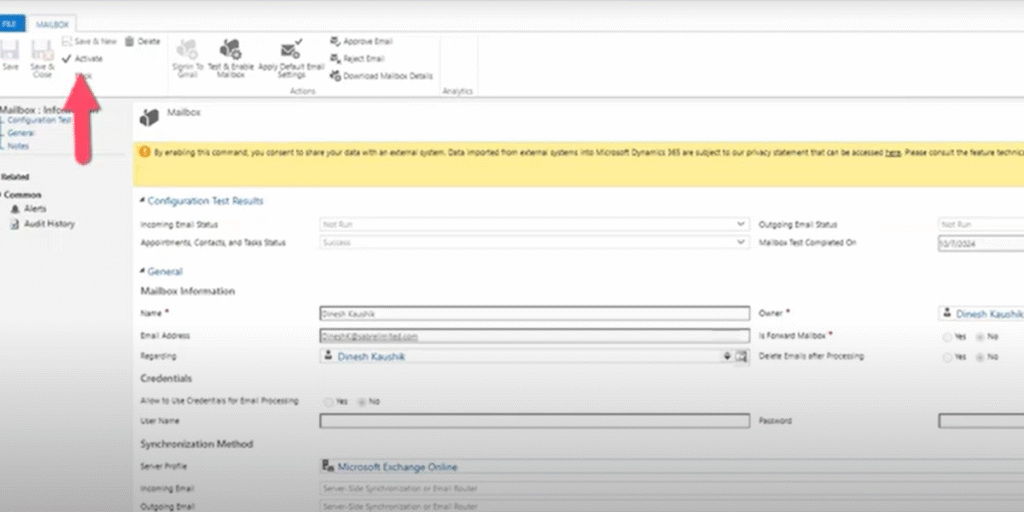
This kicks off the process of checking and syncing your mailbox.
Step 3: Approve Mailboxes
Only certain roles are allowed to approve mailboxes. Usually, you’ll need one of these:
- Global Administrator rights
- Exchange Administrator approval
Microsoft has rolled out a new, more flexible security role called the Delegated Mailbox Approver.
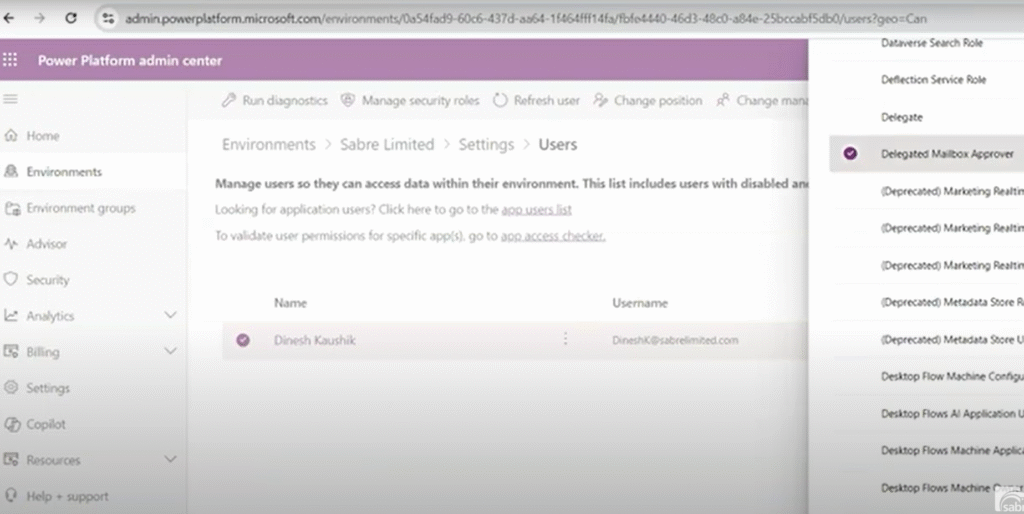
This allows CRM admins without global admin rights to approve mailboxes in Dynamics 365, which should help reduce setup delays.
Step 4: Test and Confirm Success
Once you activate it, you can test and confirm. Click on Test & Enable mailbox. Now, your mailbox status will change from Not Run to Success.
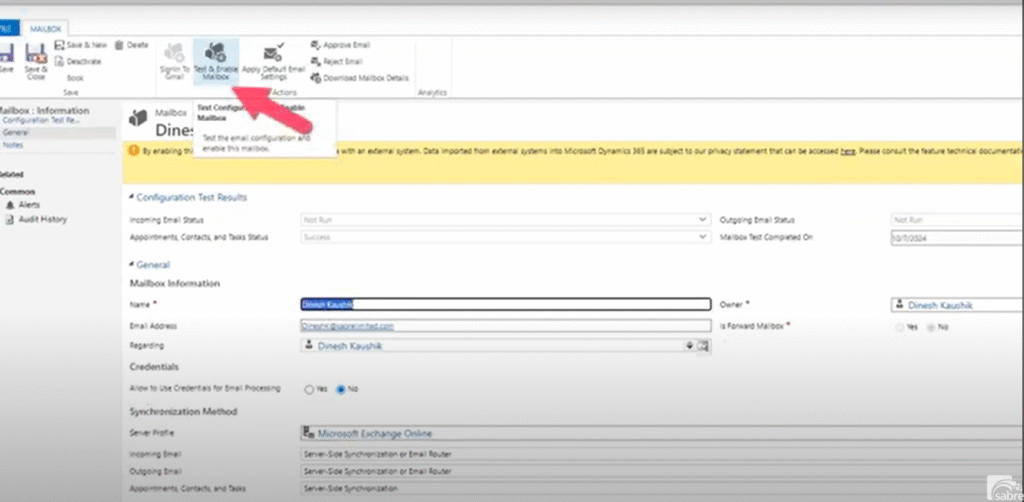
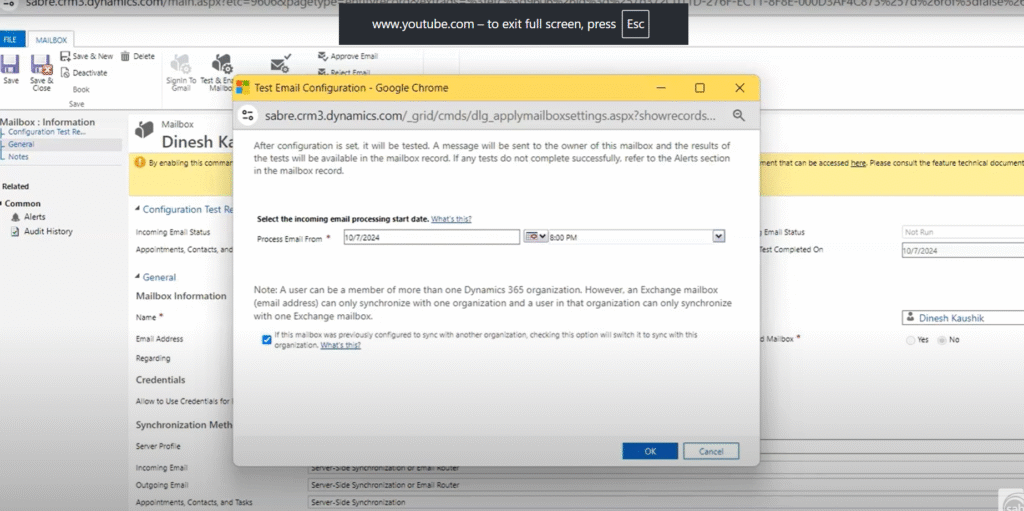
- Outgoing Email: Should show “Success”
- Incoming Email: Should show “Success”
- Appointments and Tasks: Should show “Success”
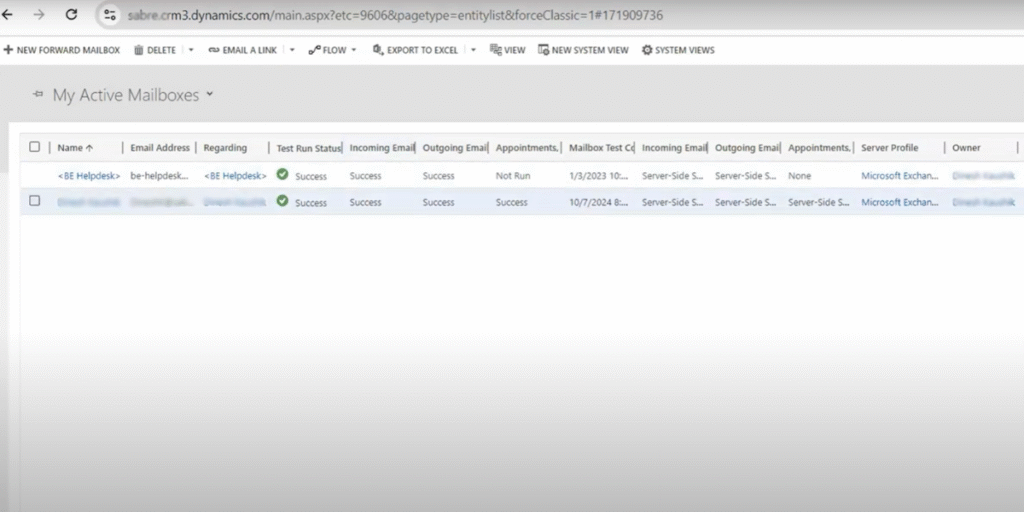
Once all those statuses are good to go, you’ll be able to send and receive emails right from Dynamics 365 CRM.
Configure the Mailbox for Email Synchronisation in Dynamics 365
Other than server-side synchronisation in Dynamics 365 CRM, you will need to make sure your data flows correctly. You might want to set up your mailbox preferences:
- Email Processing Start Date: Select the date from which you want emails to be synced.
- Disable from Other Environments: Turn this option on if you used your mailbox in a different setting (like in a Sandbox).
These settings help avoid duplicates and ensure that your CRM only retrieves emails from the right source.
Dynamics 365 CRM Email Tracking Setup: How it works?
Once you’ve activated the mailbox, Dynamics will start keeping track of all the emails you send and receive related to customer records.
- Each message is linked to the corresponding Account, Contact, or Opportunity.
- You can see the full communication history right on the customer card.
- You can reply or forward emails right from the CRM without needing to jump over to Outlook.
This kind of integration really helps keep things clear between teams and makes the sales and service workflow smoother.
Beyond Email Integration: Integrating Co-Pilot
Aside from syncing emails, Microsoft has rolled out AI in Dynamics 365 CRM, featuring tools like Sales Co-Pilot that work right in Outlook, whether you’re on the web or using the desktop app.
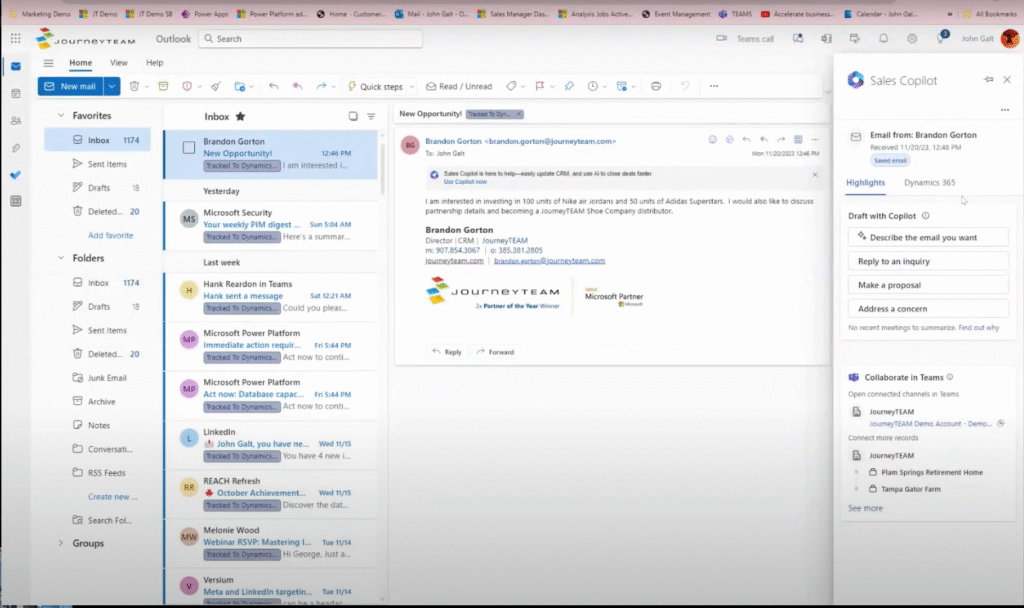
Here’s how it can make your communication smoother:
- AI-Powered Drafting: Co-Pilot can suggest and even draft responses based on CRM info, which means sales and service teams can save time.
- Smart Data Linking: It automatically grabs info like contact details, opportunity names, and pricing right from your Dynamics 365 records.
- Personalisation and Tone Adjustment: Before hitting send, you can tweak the tone (short, medium, or long) and choose the language (like English, Spanish, French, or German).
- Calendar Integration: It even suggests meeting times based on what’s available in your Outlook calendar.
Let’s say you get an email from a client asking for a quote. Co-Pilot can pull in details about the opportunity from the CRM and whip up a customised response that includes accurate product info and pricing.
This kind of automation shows that AI in Dynamics 365 CRM isn’t about replacing users; it acts as a co-pilot, helping to speed up responses and making sure communication is both consistent and informed by data.
Cloud-Based vs. On-Premises CRM: Choosing the Right Email Sync Setup
Your CRM consultation can help you decide between cloud-based and on-premises CRM options, as each has its own implications for email syncing.
- Cloud-Based CRM: This choice allows for real-time syncing, automatic updates, and greater scalability, making it a great fit for businesses in Australia that want more flexibility.
- On-Premises CRM: This option gives you more control over where your data is stored and its security, but it does mean you'll need to put in more effort for manual maintenance and configuring email sync.
For many modern organisations, going with a cloud deployment usually leads to quicker setup and smoother integration with tools like Outlook, Teams, and Microsoft 365.
Licences Required for Email Synchronisation
Before you start setting things up, double-check that you have these licenses ready.
- Microsoft 365 E3 License
- Dynamics 365 Sales and Service
Having these licenses will give you access to both the Exchange and Dynamics environments you need for syncing.
Conclusion
Implementing email synchronisation in Dynamics 365 CRM can streamline communication, boost productivity, and improve customer engagement.
With a seamless setup, organisations gain real-time visibility into customer interactions while reducing manual workload. When done as part of a strategic Dynamics 365 CRM implementation, the process enhances overall efficiency and directly contributes to higher CRM implementation ROI.
Partnering with DHRP, a trusted Microsoft Solutions provider, ensures expert D365 ERP implementation, CRM configuration, robust integration, and long-term value for your business operations.
Our team helps organisations achieve smarter communication, efficient collaboration, and measurable business growth through modern CRM transformation.
All the screenshots in this blog are taken from this video.
FAQs
You can enable email synchronisation in Dynamics 365 CRM by activating and approving your mailbox in the Power Platform Admin Centre, then testing and enabling it to confirm successful setup.
Server-side synchronisation in Dynamics 365 CRM allows automatic syncing of emails, appointments, and tasks between Exchange and CRM without needing the Outlook client, ensuring real-time updates and seamless integration.
Email synchronisation may fail due to missing approvals, incorrect mailbox configuration, or permission issues. Recheck mailbox settings, test connectivity, and ensure admin approval for smooth functionality.



































































































